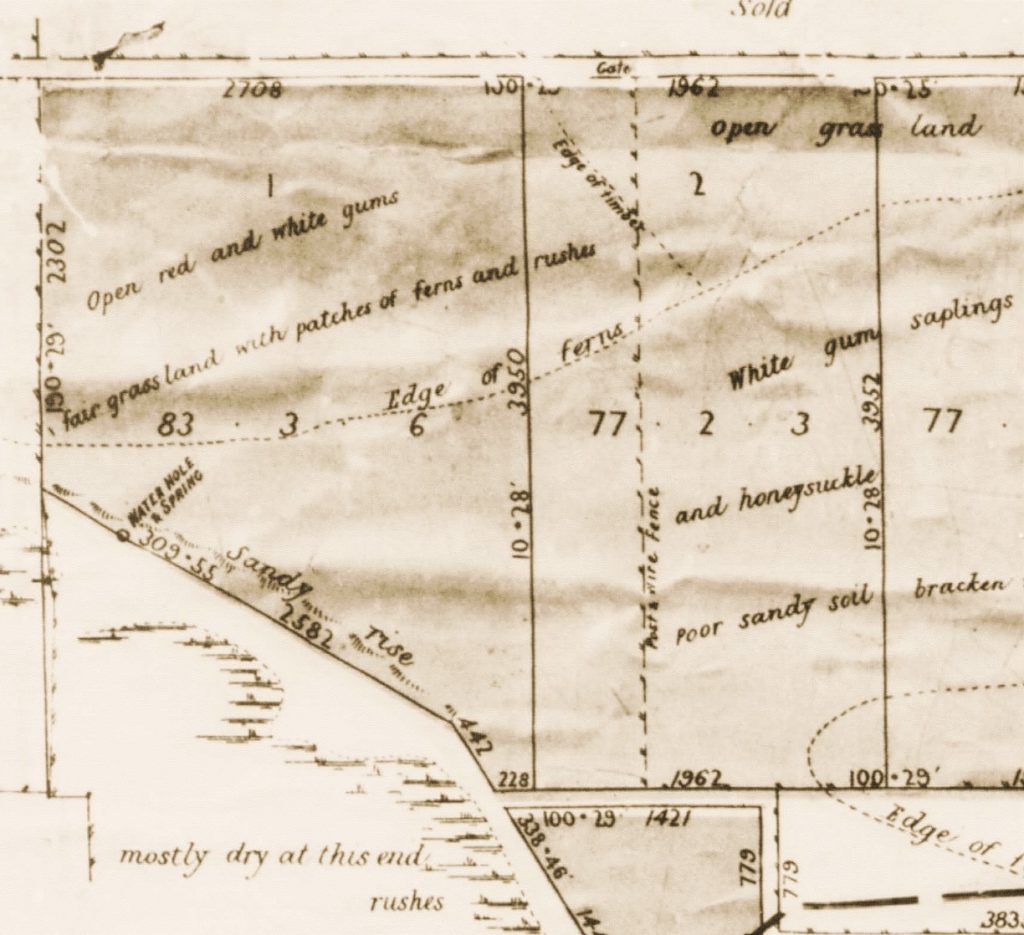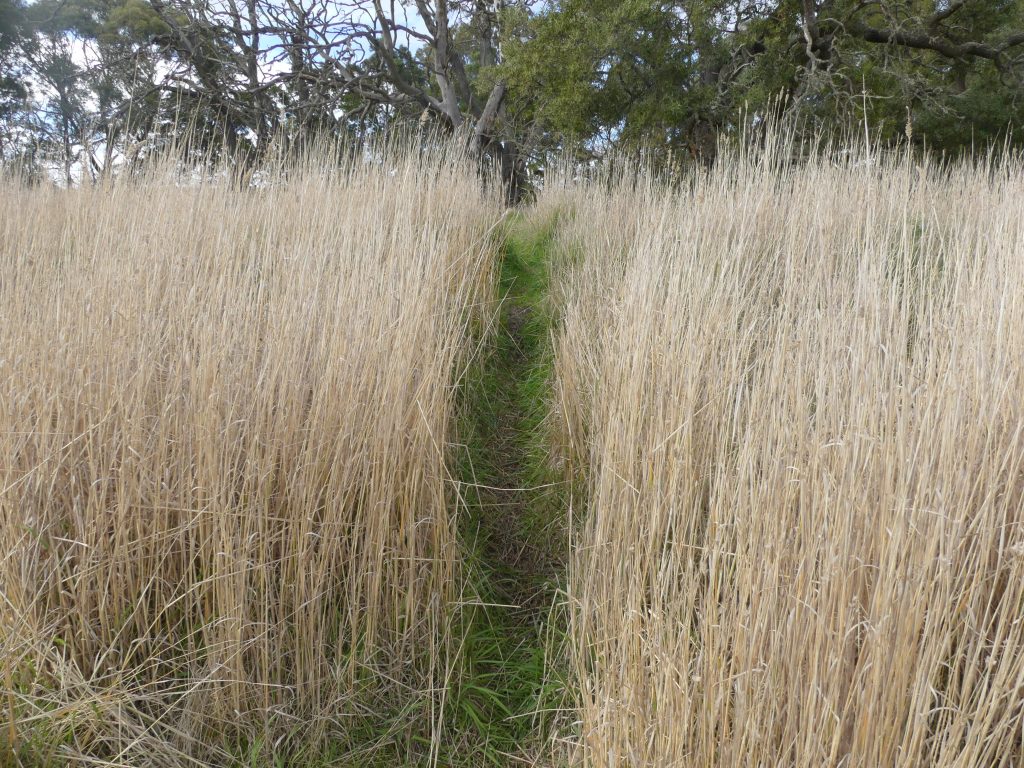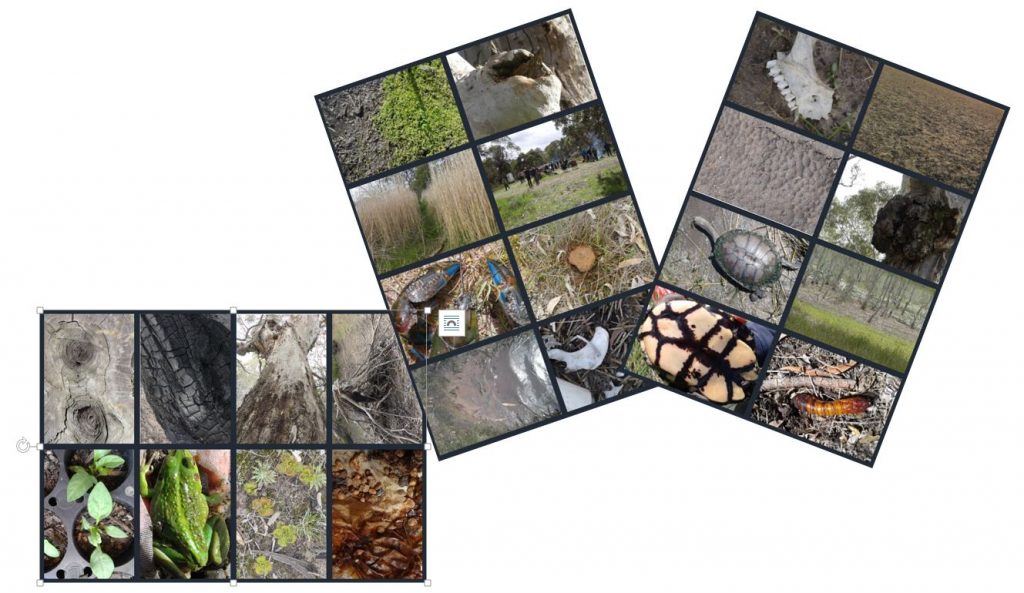Reflecting on a great Arts Therapy placement with NGT in 2019
Where would a person who loves wetlands do arts therapy?
Nature Glenelg Trust have generously hosted me on placement since February 2019 as part of my Masters in Therapeutic Arts Practice with The MIECAT Institute. The placement and inquiry has now finished (and I passed my masters!), so I wanted to share some of the experience with you.
“Creative therapeutic practices” use art, movement, sound, body senses, and other modalities to explore relationships and develop understanding. Arts therapy can be successful in helping and healing people who have experienced trauma. Whilst my classmates were working with youth or people in aged care, I chose to work with people, other-than-human beings, and place – I’m interested in how the arts might give us another perspective on land restoration.
In many First Nations cultures, environmental knowledge, values, and practices are held and transmitted using cultural arts-based practices: dance, song, story-telling, ceremony. These practices have been shaped by thousands of generations, and grown in community and place, reflecting the country surrounding them.
Non-Aboriginal Australians cannot just appropriate Aboriginal cultures, so how might a non-Aboriginal Australian work with the arts and nature?
My final project was an arts inquiry into relationships at Walker Swamp, an NGT restoration reserve. The inquiry was emergent; each step following the other. It reminded me of tracking an animal, looking for signs of what I was following, without really knowing where I would end up.
I started with old maps of the area and archived government files. In the past I’ve used these to reconstruct environmental histories, but that didn’t feel right for this approach. Instead I looked at these objects as artefacts … reflecting on the people who had walked across the country from the 1850s drawing lines that would become boundaries and fences. And how those fences would then create barriers, and differences between places that had once been continuous.

Fragment of map from the Victorian Public Record Office showing how survey lines (and fences) cut across Walker Swamp’s natural systems, creating difference where there was connection
Five people generously agreed to help with the inquiry by exploring their own relationships with Walker Swamp (you know who you are, a huge thank you!). Those inquiries are private, but they fed into my own inquiries with the place, and with myself.
The final artefact from the inquiry is a set of 180 cards with images from Walker Swamp and the inquiry. Knowledge is experiential, so I wanted to offer people an experience of what I had learned during the inquiry. The cards can be used to play a game that explores relationships, connections, and patterns. Each of the five inquirers have received a set of cards, as has NGT, and my MIECAT academic supervisor. There are a few extra sets that will hopefully make their way to local schools.
Many thanks to Mark Bachmann and NGT for agreeing to the placement, and for allowing me to find my own way through the process. Lachie Farrington was my flexible, supportive and generous workplace supervisor, and my other colleagues offered their interest, great opportunities, and support.
Now the placement is done I’ve moved onto a new project with NGT, working with Gunditj Mirring Traditional Owners Aboriginal Corporation. We are exploring Woorroowarook (Forest) Cultural Intellectual Property that will help inform the Traditional Owners in their partnership with government as part of the modernisation of the Regional Forest Agreements in south-west Victoria. And yes, the arts is definitely part of it 🙂
I acknowledge the Traditional Owners of the lands upon which this arts inquiry was undertaken, the Djab wurrung and Dhauwurd wurrung language groups, and pay my respects to their Elders, past, present and emerging, and all Aboriginal and Torres Strait Island peoples.


